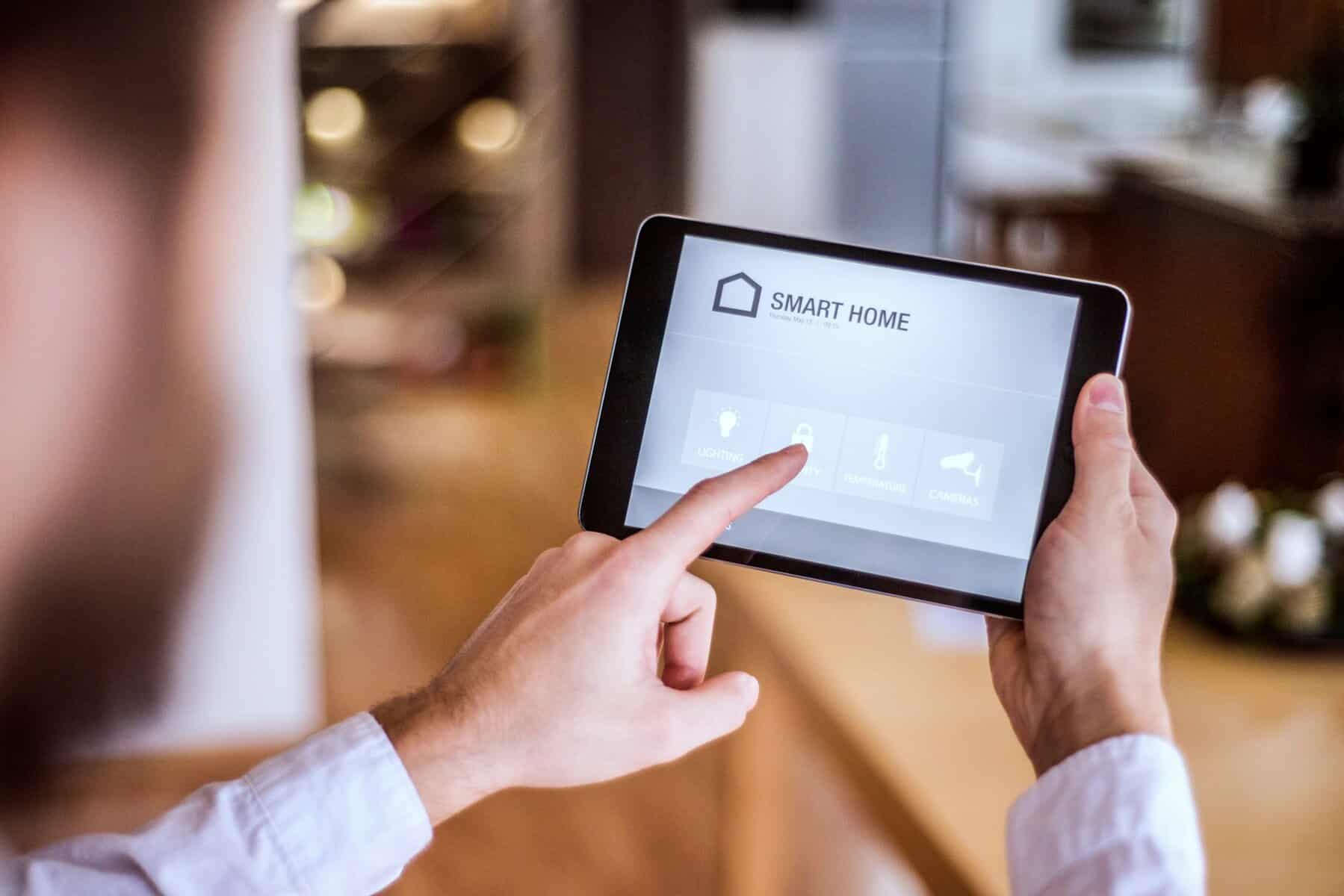
With the rise of smart home technology, smart thermostats have become a popular addition to many households. They promise better control over your home’s climate and potential savings on your energy bills. But do they really save you money? Understanding how these devices work and their benefits can help you decide if they are worth the investment.
Smart thermostats connect to your home’s Wi-Fi and allow you to control the temperature from your smartphone or computer. They come packed with features that can help maximize comfort and minimize energy use. For instance, they can learn your daily routine and adjust the temperature accordingly. Some models even use sensors to detect when you’re home or away and make adjustments on the fly.
Switching from a traditional thermostat to a smart thermostat could be a game-changer for your household. Traditional thermostats require manual adjustments and can’t provide insights into your energy usage. In contrast, smart thermostats offer advanced settings, energy reports, and even weather forecasts, all aimed at making your home more efficient.
By leveraging these features, you might find that saving money while staying comfortable is easier than ever.
How Smart Thermostats Work
Smart thermostats are advanced controls for your heating and cooling systems. They connect to your home’s Wi-Fi network, allowing remote access and control through a smartphone app or a web browser. This means you can adjust the temperature of your home from anywhere, whether you’re lying in bed or away on vacation.
One of the key features of smart thermostats is their ability to learn your schedule. Over time, they track when you’re home, when you leave, and even your preferred temperatures at different times of the day. This data helps the thermostat create a heating and cooling schedule that maximizes comfort while minimizing energy use.
These devices also offer real-time insights. Many smart thermostats provide energy reports that show how much energy you’re using and suggest ways to save. Some models include motion sensors to detect activity in your home and adjust the settings accordingly. Advanced models can even use weather data to fine-tune their programming, so your HVAC system isn’t working harder than it needs to on hot or cold days.
Comparing Smart Thermostats to Traditional Thermostats
When stacked against traditional thermostats, smart thermostats offer a range of advanced features and conveniences. Traditional thermostats require manual adjustments and lack connectivity, making it harder to manage your home’s climate efficiently. On the other hand, smart thermostats bring automation and remote control into the mix.
1. Manual Adjustments vs. Automation: Traditional thermostats need you to manually change settings to fit your comfort level. This can lead to inefficient use, especially if you forget to adjust the thermostat when leaving the house. Smart thermostats automate this process, learning your routine and adjusting settings automatically.
2. Connectivity: Traditional thermostats can’t connect to the internet, limiting their functionality. Smart thermostats connect to Wi-Fi, allowing you to control your home’s temperature from your phone. This connectivity enables features like remote access, energy usage reports, and integration with other smart home devices.
3. Energy Reports and Insights: Traditional thermostats can’t provide detailed insights into your energy usage. Smart thermostats generate reports that help you understand your patterns and offer tips to save energy. This data can be valuable for making informed decisions about your heating and cooling settings.
4. Sensors and Geofencing: Some smart thermostats use sensors to detect whether a room is occupied and adjust the settings accordingly. They can even use your phone’s location (a feature called geofencing) to know when you’re on your way home and start heating or cooling your home to your preferred temperature.
By comparing these differences, it becomes clear that smart thermostats offer more control and insight into your home’s heating and cooling systems. They make it easier to maintain a comfortable home while also being energy-efficient.
Benefits of Using Smart Thermostats
Smart thermostats provide numerous benefits that go beyond simple temperature control. Here are some key advantages:
1. Energy Efficiency: Smart thermostats can help you reduce energy consumption by learning your habits and automatically adjusting the temperature. This means your HVAC system runs only when necessary, leading to energy savings.
2. Convenience: With a smart thermostat, you can control your home’s temperature from anywhere using your smartphone. Whether you’re on vacation or just in another room, you have complete control at your fingertips.
3. Comfort: By automatically adjusting the temperature based on your schedule and preferences, smart thermostats ensure your home is always at a comfortable temperature when you need it to be.
4. Maintenance Alerts: Some smart thermostats can also provide alerts when it’s time to change your air filter or if something seems wrong with your HVAC system. This feature helps you maintain your system efficiently and avoid costly repairs.
5. Environmental Benefits: By using energy more efficiently, smart thermostats can help reduce your carbon footprint. They contribute to a more sustainable lifestyle by decreasing energy waste.
Can Smart Thermostats Actually Save You Money?
The big question is whether smart thermostats actually save you money. The answer is yes, but the amount can vary based on different factors.
1. Energy Savings: Smart thermostats can help you cut down on energy costs by optimizing your HVAC system’s usage. Studies have shown that homeowners can save between 10% to 15% on heating and cooling costs annually with a smart thermostat.
2. Avoiding Wasteful Energy Use: These devices ensure that you’re not heating or cooling an empty house. They automatically adjust when you’re away, preventing wasted energy and reducing your bills.
3. Long-Term Investment: Although smart thermostats may have a higher upfront cost compared to traditional ones, the energy savings over time can offset this initial expense. You’ll likely see a return on investment within a year or two.
4. Rebates and Incentives: Many utility companies offer rebates or discounts for installing energy-efficient devices like smart thermostats. Check with your local utility provider to see if you can take advantage of these programs.
Overall, while the specific savings will depend on your usage and climate, smart thermostats generally provide both short-term and long-term financial benefits.
How Smart Thermostats Can Reduce Your Energy Bills
Smart thermostats offer a blend of convenience, energy efficiency, and cost savings. By learning your habits and adjusting the temperature automatically, they make it easy to keep your home comfortable without wasting energy. Comparing them to traditional thermostats, it’s clear that the advanced features and remote control capabilities of smart thermostats offer significant advantages.
Switching to a smart thermostat can lead to noticeable savings on your energy bills. Over time, these savings can add up, making the initial investment worthwhile. Plus, the added convenience and control over your home’s climate make them a valuable addition to any household.
Ready to make your home smarter and more efficient? Contact My Jockey today to learn more about our HVAC services in Saratoga Springs, NY, and how we can help you start saving money and energy.
